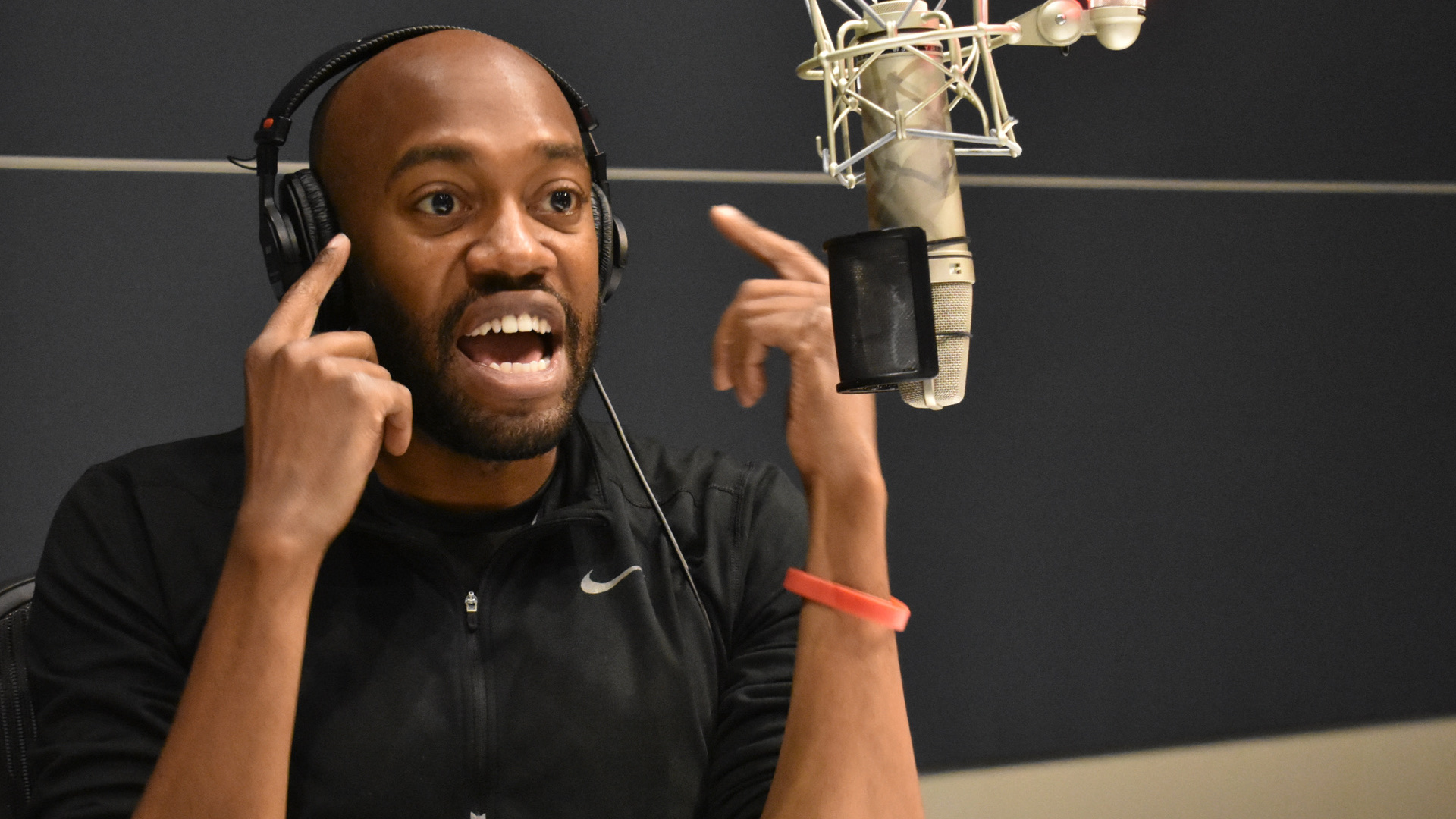Future news audiences want public media that’s punchier, weirder and on platforms where they spend time
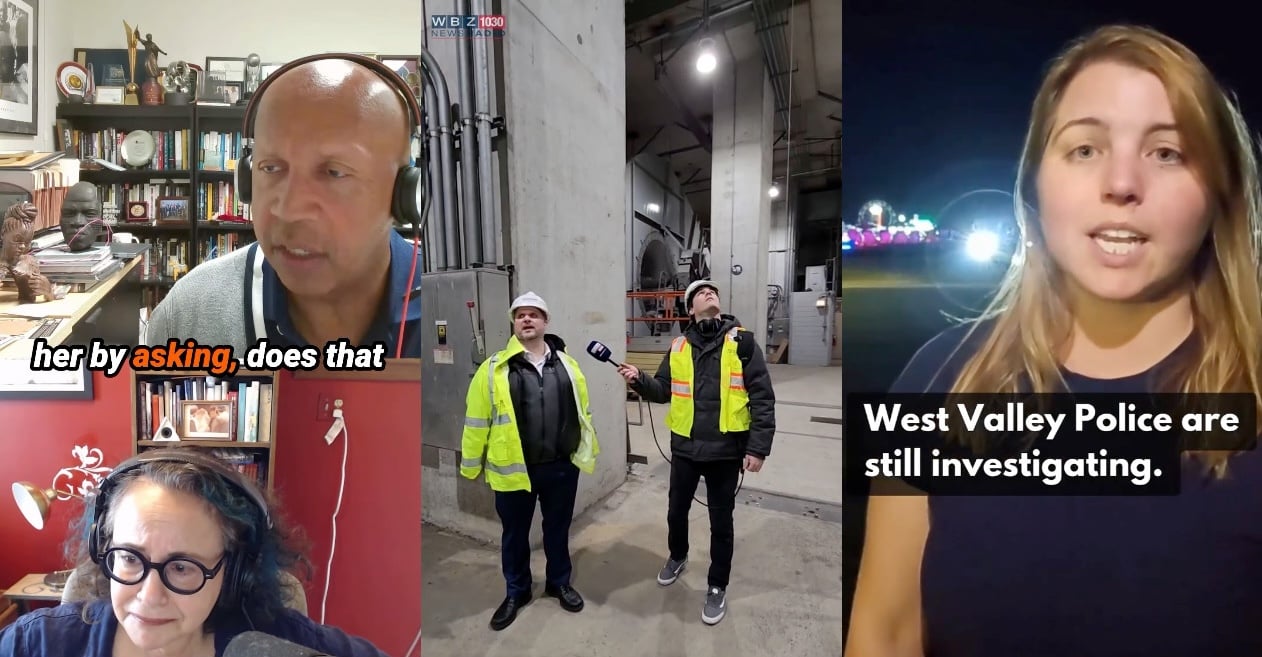
Inspired by pockets of optimism within our industry, I was fortunate to facilitate “Serving Future News Audiences,” a breakout session at the Public Media Content Collective’s 2025 Content Conference featuring KUER Assistant News Director Caroline Ballard and Micah Loewinger, co-host of WNYC’s On the Media. On a daily basis, Caroline grapples with the legacy product of radio newsmagazines while experimenting with emerging mediums — lately, a lot of short-form video. Meanwhile, Micah’s job is almost literally designed for him to yap about this stuff on a weekly basis.
Above, you’ll find a recording of the session (what is a public radio talk without an audio-only companion?). Below are some of the main takeaways from the panelists and myself.
The post-objectivity age: journalism, news consumption and burnout
When my students graduate sounding less like Walter Cronkite and more like themselves on the air, then I’ve done my job. Caroline pointed out the viral example of TikToker Katherine Ellis, who pokes fun at the “NPR voice” by way of her persona, Concordia Shawarma McGraw.
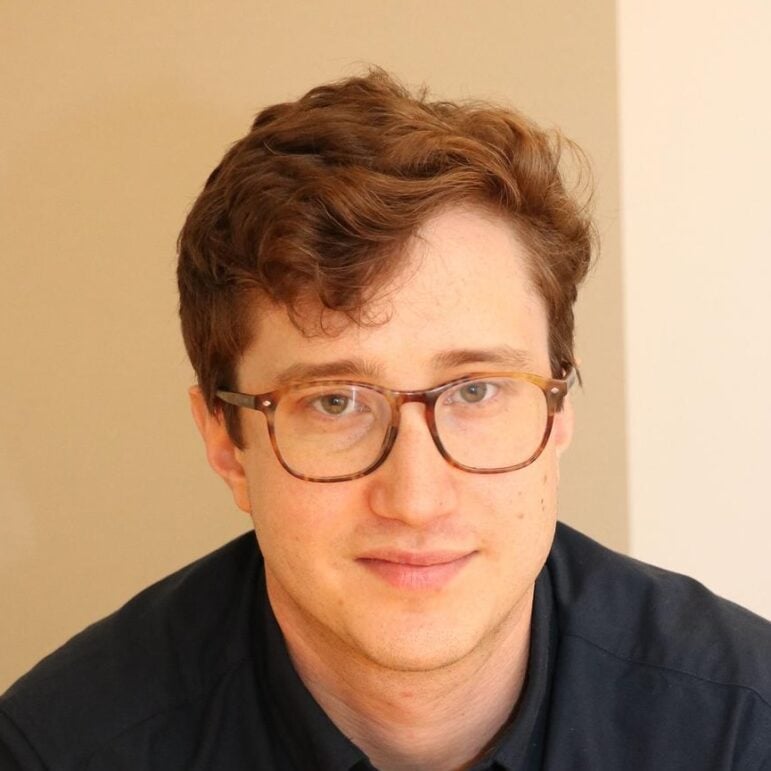
Given the low barrier to entry and near-infinite choices for news consumption, delivering factual information no longer requires news outlets to assume an overly formal, authoritative presentation style. People gravitate toward authentic presenters who treat them like equals.
“ A lot of younger audiences, frankly, are pretty turned off by this kind of ‘view from nowhere’ perspective,” Micah says. “When you hear somebody on CNN, don’t you wonder, ‘What do they actually think?’”
In fact, Micah took issue with the premise of our PMCC session being centered around reaching young people.
Instead of increasing our digital presence with the narrow goal of earning attention from young adults, Micah said session attendees “should be thinking about reaching your own audience that already likes you but is every day on the information battlefield, being attacked by things that are better at us in monopolizing their attention.” He reminds us that 40-somethings who donate to our stations also spend hours doomscrolling. They’re more likely to stop for the punchy yet informative stylings of WBZ NewsRadio reporter Matt Shearer.
P1s vs. conservative and rural communities: building trust
Micah continues: “Sometimes it feels like public radio has an imaginary listener that they want to reach, and they kind of bend over backward to accommodate this person they think they can bring in. In the process, they are losing the actual audience that they have.” Micah says that when he peruses the r/npr subreddit, he notices that many disgruntled listeners flag the journalistic sin of false balance.
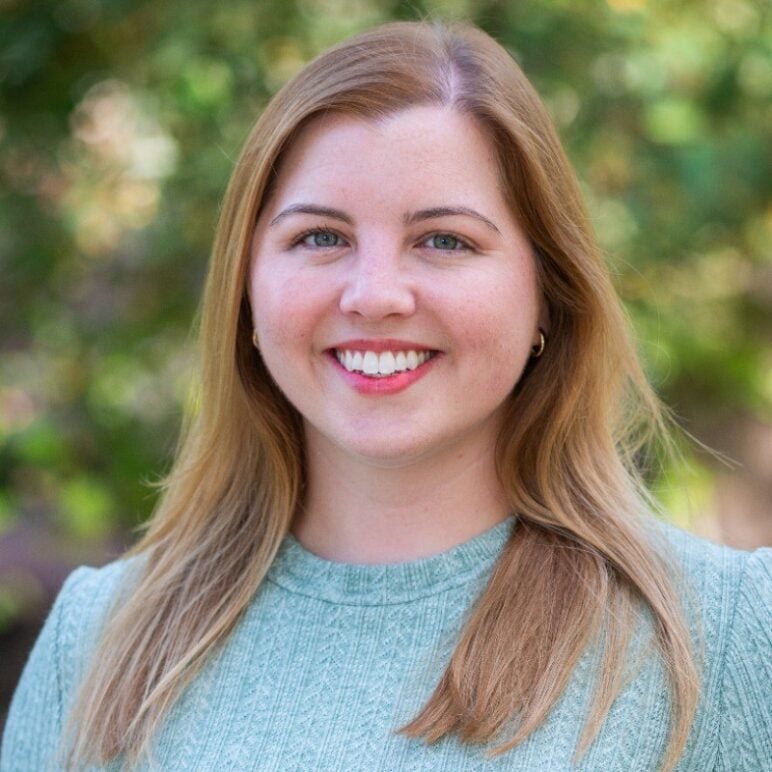
Meanwhile, Caroline Ballard offers a different perspective as a leader in a newsroom covering a supermajority Republican state. She has seen colleagues at other stations blacklisted from accessing political representatives.
“There’s a real fine line to walk, at least on the news side,” she said. “It comes back to sourcing and having reporters who can cultivate good relationships. It doesn’t serve the audience if we can’t get a comment from the person who is in charge of things because they don’t think our coverage is fair.”
Technological disruptions: the business model for selling information
In my opinion, telling our communities to listen to us because “we have information” is not a sustainable unique value proposition. No matter how good, how reliable, or how accurate your information is, unfortunately, you’re still competing in a sea of otherwise stimulating content (which may or may not be factual in the first place).
To be clear: I don’t think “pivot to video” will be the savior per se. Monetizing content on social media remains an opaque, fickle beast. The point of video in this discussion is to make ourselves discoverable where people are spending a lot of time. To quote Paragon, “Public media is a mission, not a medium.” So, let’s be where people are.
At this point, the real driving force for donations lies in our ability to build community — on the air, online and in person. Given that most stations’ brands are rooted in the places where we work (thanks to our radio origin), it’s a no-brainer. Let’s use screens to take people away from those very screens, celebrate the place where we live, and enjoy the company of our neighbors, no matter their political affiliations. Lean into this “bias” toward the places where we live — whether that’s in your reporting or events.
New storytelling methods: working smarter beyond broadcast
Fortunately, public media has already been experimenting with vertical video and gaining audiences on platforms like Instagram and TikTok — audiences who may not even own a radio, let alone listen to one. We discussed examples like the surrealism of Jack Corbett, the “Planet Money TikTok guy”; Rachel Martin’s direct-to-camera two-ways on Wild Card; and even On the Media’s grassroots approach to video. While Micah says his co-host Brooke Gladstone hesitated to appear in a social media video, and even though the cameras are simply webcams, posts like this one have received tens of thousands of views.
Ultimately, this success is possible when, as a system, we recommit ourselves to meeting audiences where they are — and when, as individual stations and programs, we cultivate an internal appetite for experimentation.
Caroline and I shared a strong desire for station leaders to cultivate an innovation mindset. I spoke with one program director who proudly told me that some of his station’s projects don’t have a 12-month timeline these days, they have a 12-week timeline — or in some cases, a 12-day timeline. If an idea works, they stick with it. If it doesn’t, they move on (without retribution against the person who suggested the idea).
In other words: It starts at the top. Don’t be afraid to fail and let others fail. Let the intern break something.
“ We’ve been doing Instagram Reels for a few years now,” Caroline says, “And we still have people who are like, ‘Wow, we should really get into vertical video.’ We’ve been doing it, let’s talk about it more. The more you give your editorial teams the leeway and the freedom to try things, the more they will.”
Caroline shared an example following this summer’s No Kings protests. While in the field, she dedicated just a few extra minutes to record a one-take standup, which ended up receiving high engagement on social media.
Closing remarks
Thank you to PMCC President Abby Goldstein for adding us to the conference agenda, KERA Program Director Jeff Penfield for helping us shape the conversation, the AV team at Little America Hotel, Arizona State University and Current. It takes a village.
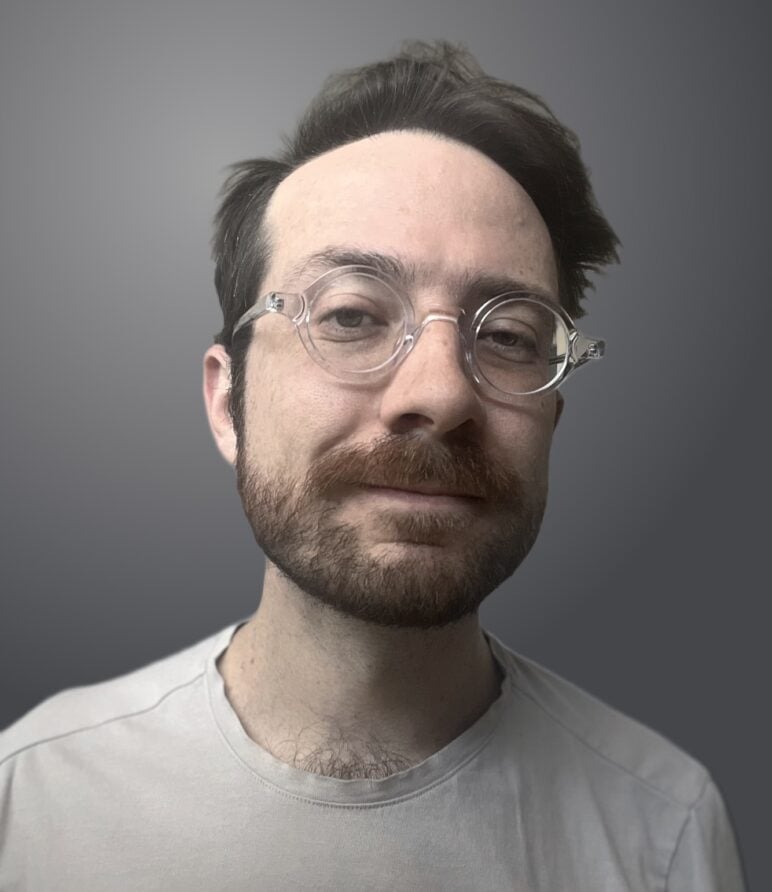
Please don’t be shy about sharing the experiments that your station is trying, whether you’re a reporter, a general manager or somewhere in between. I’d also love to hear your feedback about this talk. You can email me (rnikpour@asu.edu) or find me on social media (@rodmanned on LinkedIn and everything else).
After all, if we don’t believe in what we do, then why should anyone else? I passionately remind my students that they wouldn’t be learning podcasting in a university class if it weren’t for the sound-rich precedent set by NPR and its affiliates.
I hope to see you online and perhaps in person at the next conference. Take pride in our work, and take care.
Roddy Nikpour is an assistant teaching professor at the Walter Cronkite School of Journalism and Mass Communication at Arizona State University, where he primarily teaches courses in audio storytelling. He also hosts on air and produces podcasts for KEXP and KUER.
This conversation was partially inspired by Arizona State University’s newly-announced Knight Center for the Future of News, a hub designed to help newsrooms innovate their storytelling and business models.






